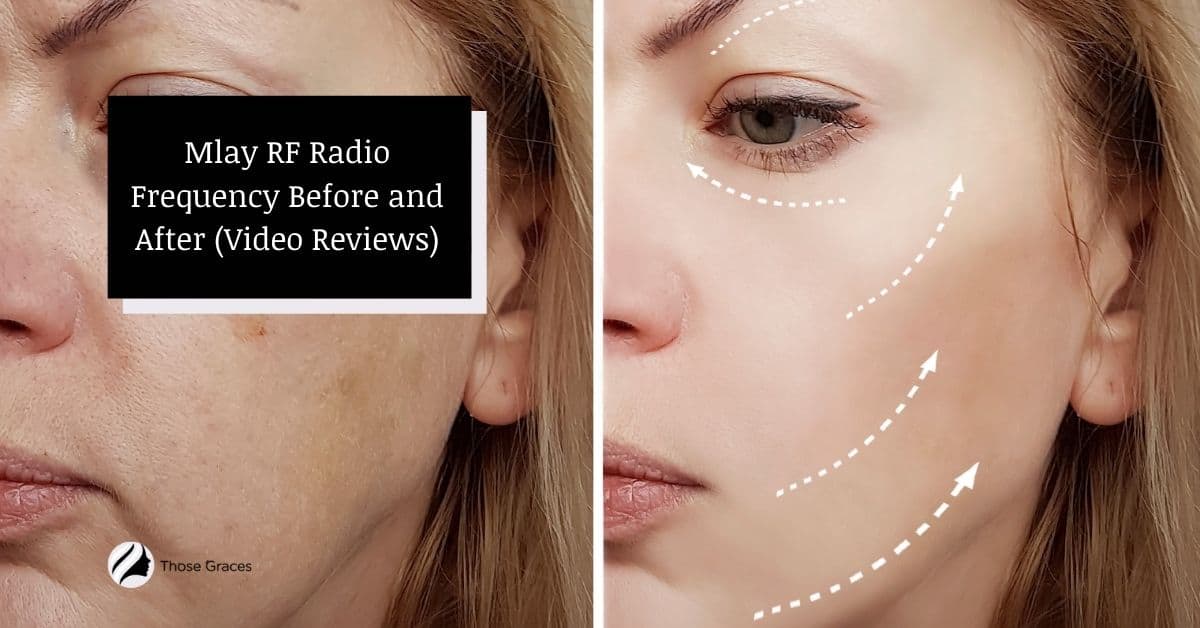Radio frequency (RF) refers to the oscillatory change in voltage or current in a circuit, waveguide, or transmission line in the range of frequencies between 20 kHz and 300 GHz. RF is used in numerous fields, including telecommunications, medicine, military, and research. RF technology plays a critical role in enabling wireless communications.

In telecommunications, RF is commonly used for wireless voice and data communications. The most famous applications of RF in telecommunications are cellular phones and wireless internet connections. RF frequencies for cellular communications are typically between 800 MHz and 2 GHz. In wireless internet connections, the most popular RF frequencies are between 2.4 GHz and 5.8 GHz.
In medicine, RF is used in different applications such as magnetic resonance imaging (MRI), electrosurgery, and cauterization. MRI scanners measure the magnetic properties of human tissues by using RF signals generated by the RF emitter antennas. Electrosurgery and cauterization are medical procedures where RF is used to cut or coagulate human tissues through localized heating.
In military applications, RF is used for different purposes such as radar, electronic warfare, and missile guidance systems. Radar systems use RF signals to detect and track objects, while electronic warfare uses RF signals to jam, deceive or disrupt enemy radar and communication systems.
In research, RF is used for numerous applications, such as studying the properties of materials, biological systems, and environmental processes. RF spectrometers can be used to study the magnetic properties of matter, while RF telemetry systems can be used to monitor the activity of animals in their natural habitats.
RF technology has been continually evolving since its inception. The latest developments in RF technology include radio frequency identification (RFID) tags, wireless sensors, and the Internet of Things (IoT). RFID tags are small electronic devices that can be used to identify, track and monitor various items in real-time. Wireless sensors are used in a wide range of industries to monitor and control different parameters, such as temperature, humidity, pressure, and motion. IoT is a technology that connects various devices, sensors, and systems to the internet, enabling them to communicate with each other and exchange data.
In conclusion, RF is a vital technology that has revolutionized the way we communicate, diagnose, treat, and monitor different processes. RF technology has numerous applications in various fields, and its importance is only set to increase in the coming years with the development of new technologies such as 5G, IoT, and AI.